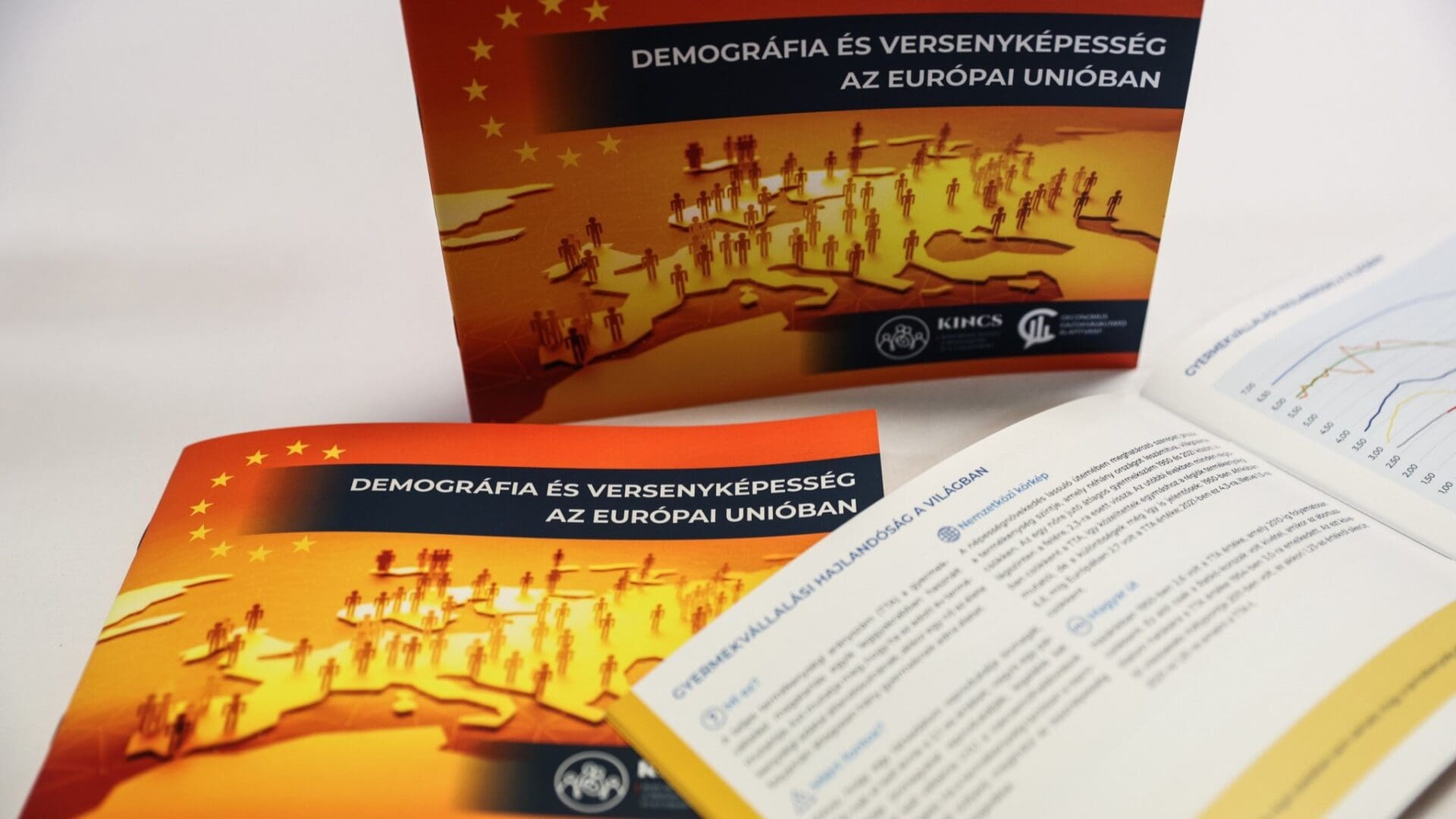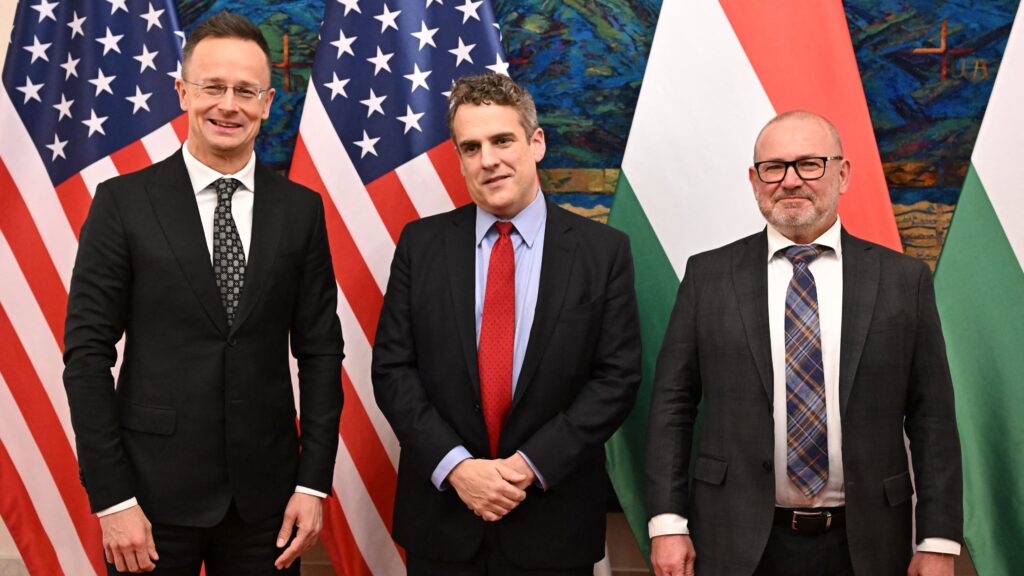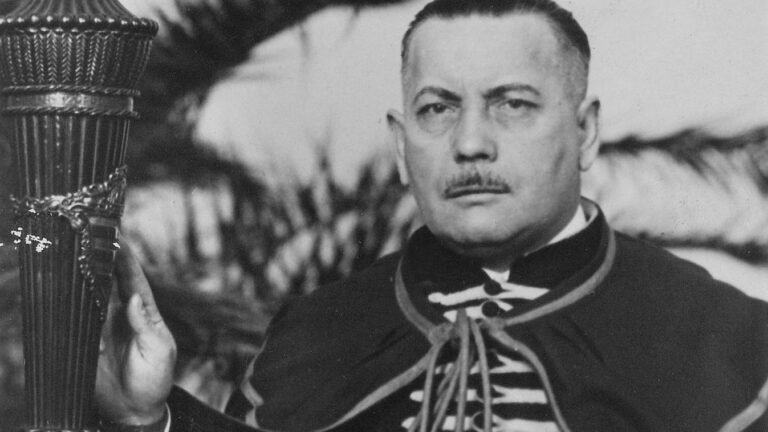The demographic trends taking place in Europe have significant social and economic consequences. The decreasing willingness to have children, the aging of the European society, and the shrinking number of people of working age all reduce the international influence and competitiveness of the European Union. The majority of the EU tries to alleviate the demographic and labour market challenges by promoting digitalization, increasing the activity of the over-65 age group and pushing back the retirement age, as well as employing foreign workers. Hungary, however, chose another path that aims to strengthen the families.
When Hungary became a member of the European Union in 2004, the EU economy accounted for about a quarter of the total world economy, and its size almost reached that of the United States. Almost 460 million people—about 7 per cent of the world’s population—lived in the territory of the European Common Market, and the countries of the EU managed one fifth of world trade. Twenty years later, however, the situation has changed a lot. The development of the EU has stalled, and the member states are facing increasingly pressing problems.
The publication entitled Demography and Competitiveness in the European Union published by the Mária Kopp Institute for Demography and Families (KINCS) with the cooperation of Oeconomus takes a closer look at how
the decline in births, the growing number of elderly people and the shrinking of the working age population
influence the position of the European Union, and what the consequences may be if we don’t find a solution to these problems.
The publication, which focuses on the relationship between demography and competitiveness, points out that the proportion of people living in Europe within the total world population is constantly decreasing. While in 1960 20 per cent of the world’s population was European, today it is less than 10 per cent, of which just over 5 per cent is of the European Union. A key role in the slowing rate of population growth is played by the decrease in the total fertility rate (TTA), which shows the desire to have children. This fell to 1.46 in the EU by 2022, while our country moved from the bottom of the EU ranking to sixth place. Unlike in Hungary, the number of marriages also fell in the majority of the member states; the value per thousand inhabitants decreased from 4.2 to 3.9. At the same time, there is also a decrease in the number of births: while in 2011 there were almost 4.5, in 2022 less than 4 million children were born in the territory of the European Union, one fifth of them to foreign mothers, two thirds of whom come from countries outside of the European Union. For example, in Sweden, Germany and Belgium, one in four newborns; in France and Austria, one in five has a mother from outside the European Union, primarily from Asia and Africa.
The continuous increase in the proportion of elderly people is also a serious problem. Today, more than one fifth of the population in the European Union is aged 65 years or older, and the proportion of people over 80 has almost doubled in the last two decades, as a result of which the dependency ratio of the elderly has risen significantly. In 2023, the old-age dependency ratio was 33.4 per cent, which means that
for every person over 65 there were fewer than three people of working age.
According to estimates, in 2050 one elderly person will be supported by fewer than two workers. If this continues, as a result of the declining labour supply, there will be fewer and fewer people paying into the pension systems, while the number of those entitled to payments will continue to rise. In addition to the growing pension obligations, the costs of health care and care for the elderly also burden the state, which in the long term will lead to an increase in taxes and a decrease in competitiveness.
Those member states that have already recognized the impact of demographic challenges on competitiveness are mostly trying to alleviate labour shortages by promoting digitalization, increasing the activity of the over-65 age group and pushing back the retirement age, as well as employing foreign workers. However, these options don’t represent a lasting solution, since the fundamental problem, the decrease in fertility, remains unsolved.
In terms of demographic and economic problems, our country also faces similar challenges to Europe. However, Hungary realized long ago that the future vision of the Hungarian nation and the country’s economic performance were
in danger due to the declining number and the increasingly rapid aging of the population.
Therefore, it built a family support system which, in addition to creating stability for families and encouraging childbearing, also stimulates the economy.
The Hungarian family policy, which covers the entire life course, is aimed at balancing work and family, supporting home creation and financial security for families, encouraging births and cooperation between generations. It also ensures the possibility for parents raising children to choose when they would like to return to the labour market or what allowances they use. Since 2010, a number of measures have been adopted in Hungary that simultaneously increased the desire to have children and to work. In the past 14 years, the Hungarian government has introduced family taxation, the GYED (child care fee) extra, the grandmothers’ pension known as Nők 40 (Women 40) and doubled the number of nursery places. Our country, uniquely in Europe, offers a personal income tax exemption for mothers with four or more children or under 30. Our state also helps families with baby expecting subsidy and various other financial and home-building allowances. As a result of the listed measures, the Hungarian employment rate reached 74.8 per cent in 2023, which is the eighth highest value in the EU. It is also a significant result that between 2011 and 2022, on the EU level, the employment of women increased by the second largest rate in Hungary, and at the same time, fertility increased by the largest rate in our country. All this shows that having children and working in Hungary are mutually reinforcing and not mutually exclusive factors.
Related articles:







